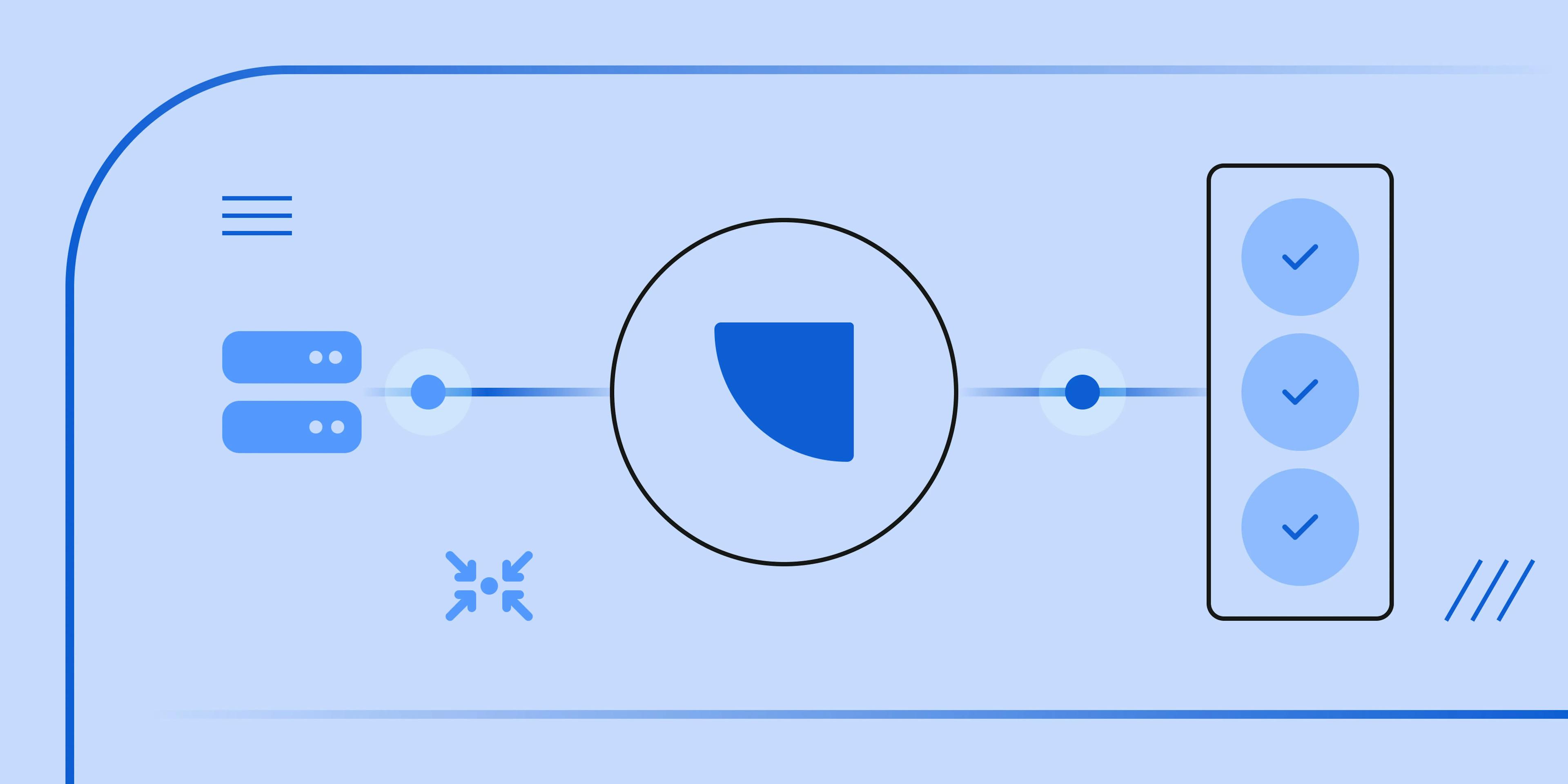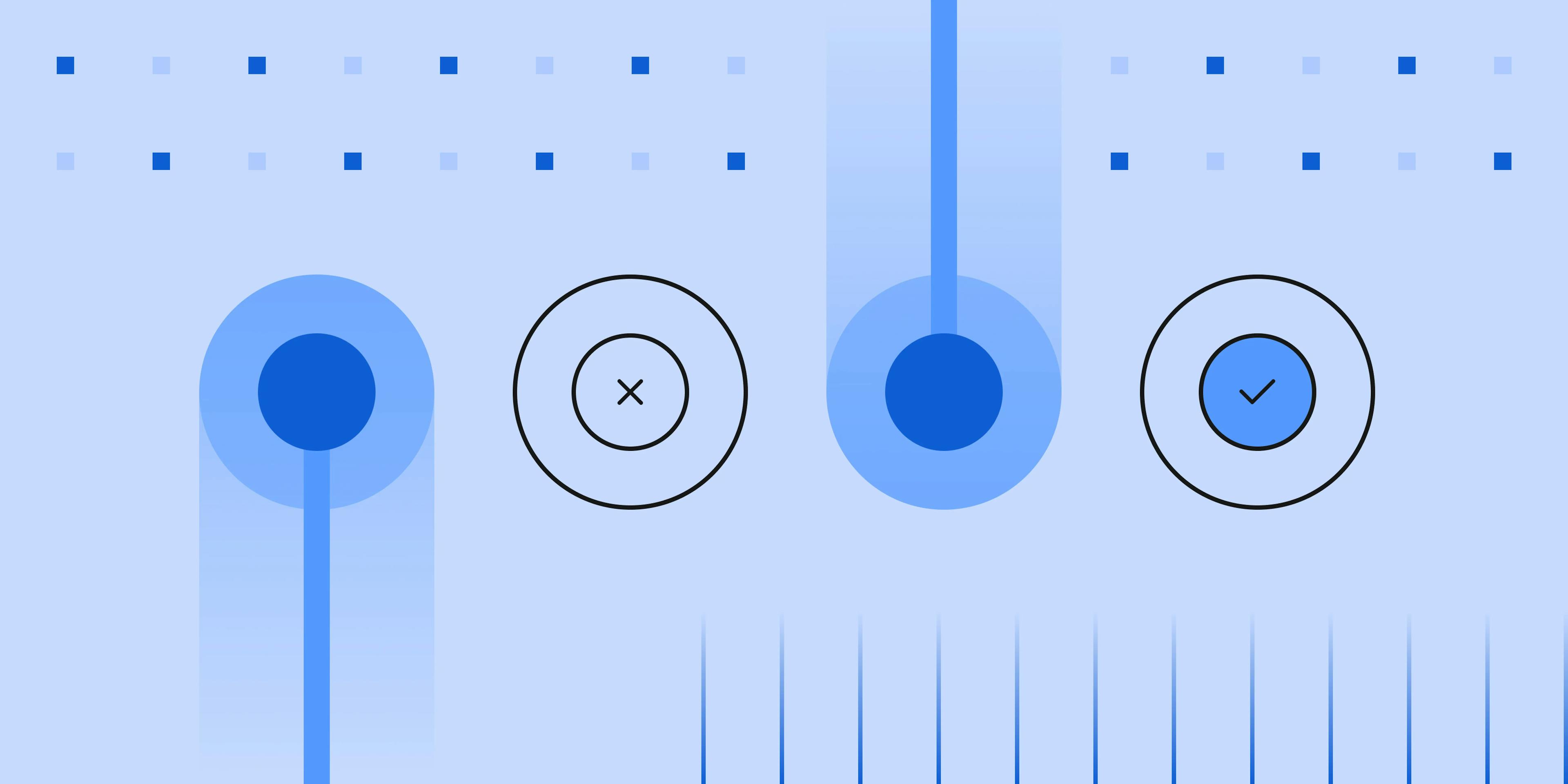What is Event Tracking: The Key to Marketing and Product Success

Understand event tracking to optimize your marketing channels. Learn how to leverage this technique for channel success.
Understanding user interactions is vital for businesses aiming to enhance user experiences and business results. By tracking events, companies can comprehend what their users are doing on their mobile applications, websites and landing pages etc. This valuable data allows them to optimize their services to better cater to their customers. This is a crucial part of user behavior analysis using web analytics tools, contributing to user engagement and ultimately improving the conversion rate.
This article covers the fundamentals of event tracking and its applications. You will learn the definition of event tracking, how it works, the common types of events collected, different use cases, as well as tools that can be utilized for implementation.
What is Event Tracking?
Event tracking essentially operates as a mechanism that allows you to monitor and collect data about how visitors interact with your web pages and mobile applications. It goes beyond simply tracking page views to capture specific events like user clicks, form submissions, ecommerce purchases, or other custom events carried out by users. Each event recorded creates a timestamped trail of user journeys, stitching together sequences from initial access to goal completion.
The continuous collection of these event data enables deeper behavioral analysis. By connecting the dots of individual events, we can discover usage patterns to optimize user funnels, uncover breakdowns in key workflows, customize user experiences, and ultimately craft targeted enhancements to reduce bounce rates, and improve engagement and conversion rates.
Inner workings of Event Tracking
Here's how event tracking typically works:
- Event definition:
- Identify the specific user actions you want to track. These could be common actions like button clicks, form submissions, a certain popup appearing, and video plays, or custom events specific to your website or app functionality.
- Define the event category, action, and label for each event. This helps organize your event data and make it easier to analyze.
- Code implementation:
- Embed event tracking code (usually provided by your analytics platform) into your website or app code following standard naming conventions for event names. These code snippets trigger an event hit whenever the configured event action occurs.
- For websites, you can use JavaScript libraries like Google Tag Manager (GTM) to create new tags or manage existing event tags. For mobile apps, you can use platform-specific SDKs provided by your analytics platform.
- Event data transmission:
- When an event occurs, the tracking code sends an event hit to your analytics platform. This hit includes the event name, event category, event action, label, timestamp, and any associated user data.
- Your analytics platform then processes this data and makes it available for analysis in reports and dashboards.
- Analysis and insights:
- Use the event data collected through event tracking to gain insights into user behavior. You can analyze how often users are performing certain actions, which pages or features they are interacting with most, and how various marketing campaigns are performing.
- These insights can inform your website or app development, marketing strategy, and overall business decisions.
For example, the below event payload can represent a user purchase action on an ecommerce website:
JSON
When this information streams into the analytics system, it unlocks rich insights around shopping behavior - from individual product performance to sales funnel optimization.
Different Categories of Events
The possibilities to use event tracking span far and wide, but avoiding data overload is key. Before instrumenting code across every interaction, strategize with internal teams to identify and prioritize opportunity areas aligned to core business goals. This focused approach ensures the event data captured fuels targeted analysis around moving key metrics. While use cases differ across organizations, some commonly tracked categories include:
User Interaction Events
There can be many types of user interactions on your web pages and mobile applications, some of the most common ones are listed below:
- Clicks: Track user clicks on buttons, links, images, and other interactive elements.
- Scroll Depth: Measure how far users scroll down pages.
- Form Submissions: Track user submissions on forms.
- File Downloads: Track user downloads of files.
- Video Plays and Engagement: Track video plays, pauses, and completions.
- Search Queries: Track the keywords users search for on your website.
User Engagement Events
User engagement is the level of interaction and involvement users have with your website, product, or service. It reflects how invested users are in their experience and how likely they are to return and continue engaging in the future. Some of the common user engagement events are listed below:
- Time on page: Understand content engagement and user satisfaction.
- Scroll depth: Discover content visibility and user interest.
- Repeat sessions: Gauge user satisfaction and brand stickiness.
- Social shares: Measure content reach and topic resonance.
- Commenting: Analyze user engagement and content quality.
- Email opens: Evaluate email deliverability and subject line effectiveness.
Conversion Events
Conversion events track key user actions that represent valuable milestones in your business funnel, indicating that users are moving closer to desired outcomes. Some of the conversion events are mentioned below:
- Leads: Tracks user actions indicating interest in your product or service, such as submitting a contact form or downloading a whitepaper.
- Sign-ups: Tracks user registrations for your service or account creation, reflecting initial commitment.
- Purchases: Tracks successful completion of orders and transactions, signifying the ultimate conversion goal.
- Adds to Cart: Tracks users adding items to their cart, indicating intent to purchase but not final commitment.
- Checkout Steps: Tracks progress through the checkout process, offering insight into potential drop-off points.
Business Metrics Events
Tracking business performance events reveals how website or application activity links to bottom line results. Some examples of business metrics events are:
- Revenue: Logs monetary intake from purchases, subscriptions, donations, etc to gauge income generation
- Average Order Value: Calculates dollar amount per individual transaction to understand purchasing behavior
- Lead Quality Score: Rates incoming leads on attributes like source campaign to prioritize follow-ups
- Content Consumption: Tallies downloads, reads, views per asset to quantify content marketing traction
- Registration Completion Rate: Measures percentage of sign-up flows finished to identify and fix drop-off points
Technical Performance Events
Technical performance events reflect the effectiveness and efficiency of your website or application's underlying infrastructure and functionality. Some of the performance tracking events are listed below
- Page Load Times: Track the time it takes for pages to load.
- Error Occurrences: Track errors that occur on your website.
- JavaScript Errors: Track JavaScript errors that occur on your website.
- Network Activity: Track network requests and responses.
Apart from these you can track many other types of events based on your use cases.
Different Use Cases of Event Tracking
While event tracking is fundamentally about monitoring user interactions, its marketing applications stretch much further. The technique now ties website behaviors to downstream efforts like multi-channel attribution, personalized messaging, and experience optimization. Event data enables continual refinement of not just technology but also creative marketing strategy based on how visitors actually engage over time.
Marketing and Advertising
Event tracking allows businesses to measure the effectiveness of their marketing campaigns and optimize ad targeting. By analyzing clicks, conversions, and social media engagement, businesses can identify which campaigns are generating the most results and tailor their targeting to reach the most interested audiences. Additionally, event data can be used to personalize marketing communications and deliver relevant content to individual users based on their past behavior and preferences.
Website/App Optimization
Event tracking helps identify popular content, optimize website or application flow, and troubleshoot user experience issues. By tracking page views, time on page, and scroll depth, businesses can understand which content resonates best with users and identify areas for improvement in website/app navigation or functionality. Additionally, tracking error occurrences provides valuable insights into technical problems impacting user experience.
Product Development
Event tracking helps businesses understand user needs, prioritize feature development, and measure product adoption. By analyzing in-app feature usage and user feedback, businesses can identify areas for product improvement and focus resources on developing features that are most used and valued by users. Additionally, tracking user sign-ups, usage patterns, and engagement levels helps businesses assess the overall success of their product.
Content Management
Event tracking provides valuable insights for content creators to publish content that resonates with their audience and optimize content distribution. By analyzing content engagement metrics such as page views, social shares, and comments, content creators can understand what types of content users find most valuable. Additionally, event data can be used to identify the best channels and timing for publishing content to reach target audiences and personalize content recommendations based on individual user interests and past behavior.
Attribute Conversions
Event tracking allows marketers to stitch together the complete path customers take from initial touchpoint to ultimate conversion. By logging key interactions with campaign tags and UTM parameters along the way, analysts can retrace each step of the journey. This can include which social media, SEO content, referral, or PPC ad introduced them, the landing pages they hit, site content consumed, emails received, all culminating with the final purchase or registration event. Mapping this sequence visualizes the influence over time of marketing efforts working in tandem to drive conversions. These insights then feed attribution models to quantify each touchpoint's proportional credit for driving the result, beyond just last-click wins all. This fills attribution reporting with truth around synergies between channels over the full time horizons that modern buyers travel. The end result is budget and resource allocation aligned to multi-faceted marketing strategies tuned to user reality, rather than assumptions.
Beyond these specific use cases, event tracking also plays a crucial role in compliance and security, fraud detection and prevention, and research and analytics.
Popular Event Tracking Tools
There are many event tracking tools available in the market, each with its unique strengths and weaknesses. Here are some popular options with a brief overview of their key features:
Google Analytics 4
Google Analytics 4 is a free analytics service that measures traffic and engagement across websites and apps. It has replaced the erstwhile Universal Analytics.It is one of the most widely adopted tools thanks to being free, customizable, and accessible. Provides complete funnel visualization along with deep segmentation, channel/media analysis, and a robust plugin ecosystem for expanded features. Integrations with Google Ads, Youtube, Search Console and other properties provide holistic insights. Ideal for general implementation to grow over time.
Mixpanel
Perfect for product usage, retention, and engagement tracking with strong mobile focus. Machine learning uncovers audience similarities and sizes markets. Automated messaging and push notifications respond to triggers in real-time. Higher-touch platform tailored around user-centered metrics beyond the broader marketing analytics scope.
Segment
The customer data infrastructure to streamline sending event data to multiple platforms. Collects data once for flexible routing instead of separate tracking per tool. Simple APIs batch events server-side while handling identity, timestamps, routing, etc behind the scenes. Top downstream integrations include warehouses like Snowflake as well as partners above. Democratizes access and builds future-proof uniform data pipelines.
Amplitude
Behavioral analytics tailored to solve product stickiness, retention, and conversion challenges through easy-to-use dashboards. Excels at uncovering drivers behind churn and fueling user-centric decision making. Intuitive visual cohort analysis shows the impact of actions on outcomes. Built-in taxonomy categorizes events to accelerate insights without complex data modeling. Integrates seamlessly with data warehouses. A smart choice for startups focused on engagement metrics and growth.
Heap
This auto-capture event tracking tool needs zero implementation, lowering data layer burden. App or site code changes instantly populate intuitive, out-of-the-box visualizations of common actions - clicks, submits, pageviews etc. Machine learning surfaces insights like churn risk profiles or identifies high value users. While lacking customization capabilities, Heap instantly illuminates what works without burdening engineering resources to deploy tracking. The "no code" option balanced with a decent free tier makes it an easy entry point for early stage products.
Choosing the right event tracking tool depends on your specific needs and budget. Consider factors such as the size of your website or app, the complexity of your event tracking needs, and your budget when making your decision.
Conclusion
Event tracking is a powerful tool that unlocks valuable insights into user behavior across your website, app, or platform. This data empowers you to:
- Quantify content engagement: Understand how users interact with your content and identify areas for improvement.
- Personalize messaging: Tailor messages and recommendations to individual user segments for more effective communication.
- Attribute channel influence: Track the impact of your marketing channels and identify their synergistic effects on desired outcomes.
- Optimize marketing and product decisions: Make data-driven decisions based on real user behavior, not guesswork.
By implementing event tracking effectively, you can gain a clear understanding of your customer journey and continuously refine your marketing and product offerings for success.
Recent Posts
 Event Streaming: What It Is, How It Works, and Why You Should Use It
Event Streaming: What It Is, How It Works, and Why You Should Use It What is clickstream data? Definition, examples, and benefits
What is clickstream data? Definition, examples, and benefits Announcing RudderStack Data Apps, powered by Snowflake: Ship high ROI data projects faster
Announcing RudderStack Data Apps, powered by Snowflake: Ship high ROI data projects faster